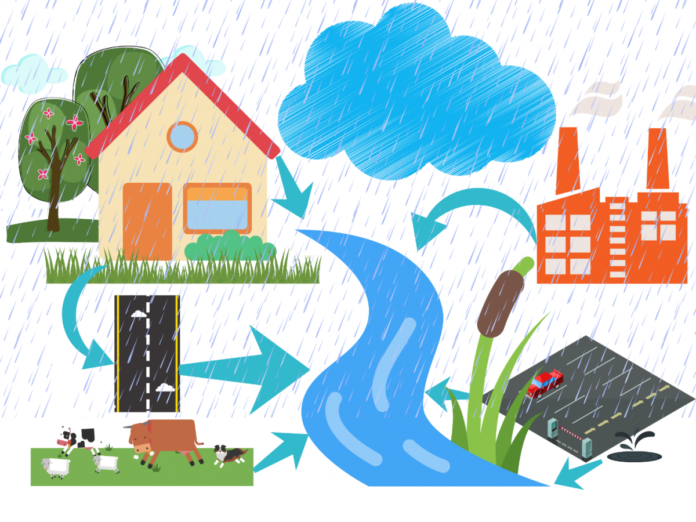Stormwater management is vital to public health and infrastructure. If stormwater becomes polluted, it can bring those pollutants with it to rivers, lakes and groundwater reservoirs, endangering people, animals and the environment. Here are three interesting facts about stormwater management.
1. It Preserves Water Quality and Quantity
Stormwater management is meant to prevent pollutants from entering storm runoff and damaging the environment and the water people use in their daily lives. For example, Virginia stormwater management is a key component of preserving the Chesapeake Bay and the drinking water of the surrounding communities, including Fairfax County, Arlington County and Alexandria.
2. You Can Contribute Even if You Aren’t an Engineer
There are several ways property owners and managers can get involved in stormwater management. Make sure you’re aware of your local stormwater management program, its goals and its procedures. Collect rainwater to reuse. Dispose of pet waste and other materials appropriately. If you have a septic system, maintain it regularly and properly. Let stormwater flow overland instead of through roof drains. Use eco-friendly pesticides, soaps and cleansers, and wash your car on grass if possible. Keep grass clippings, fertilizers and dirt off paved services.
3. There Are Several Sources and Types of Stormwater Pollutants
Many substances are considered stormwater pollutants. They include metals such as zinc and lead, hydrocarbons such as grease, soil, trash, bacteria such as Escherichia coli and chemicals such as certain pesticides and nutrients such as phosphorus. These pollutants can come from a number of sources, including litter, activities such as construction and gardening, gas-powered vehicles and vehicle wear, outdoor pets such as dogs, sanitary sewer issues and pesticide and fertilizer usage.
Managing stormwater appropriately is a task for engineers, homeowners and construction project managers. Everyone needs to be aware of stormwater management and his or her role in it.


















